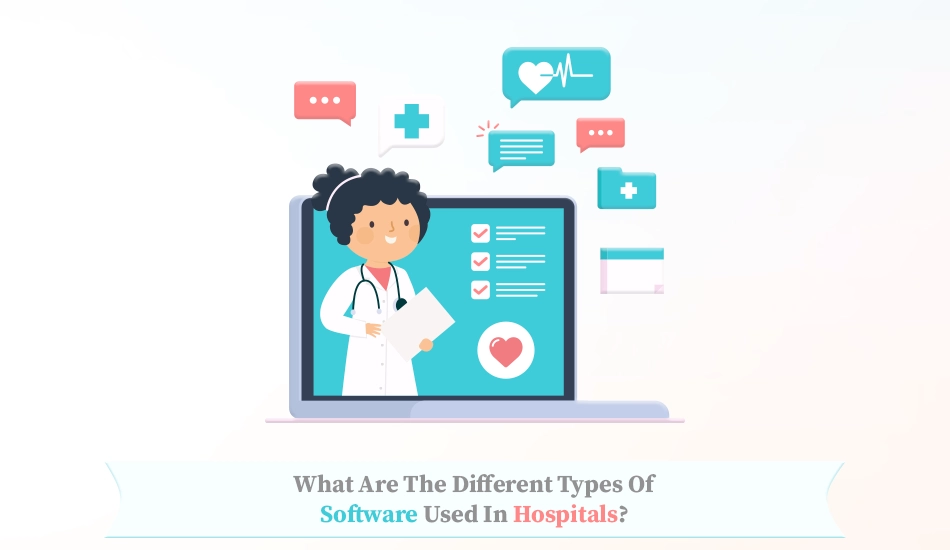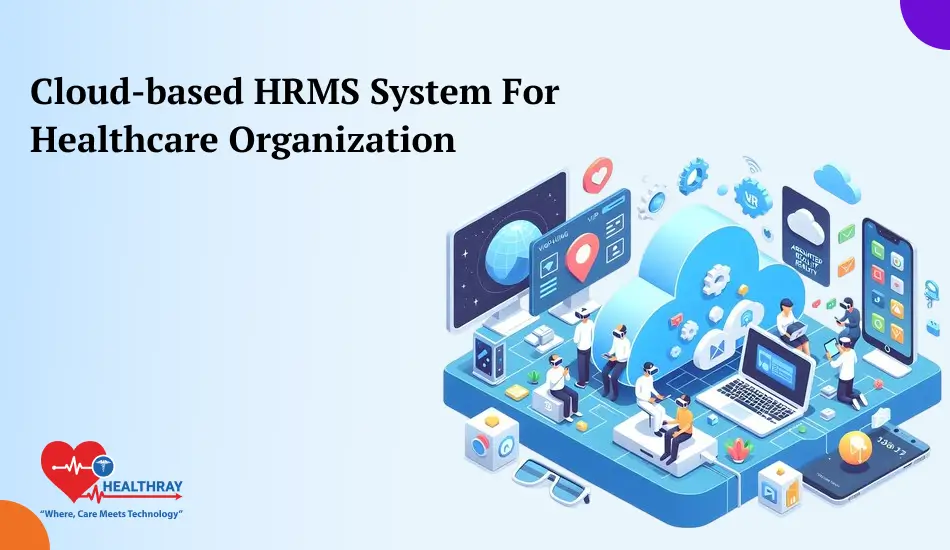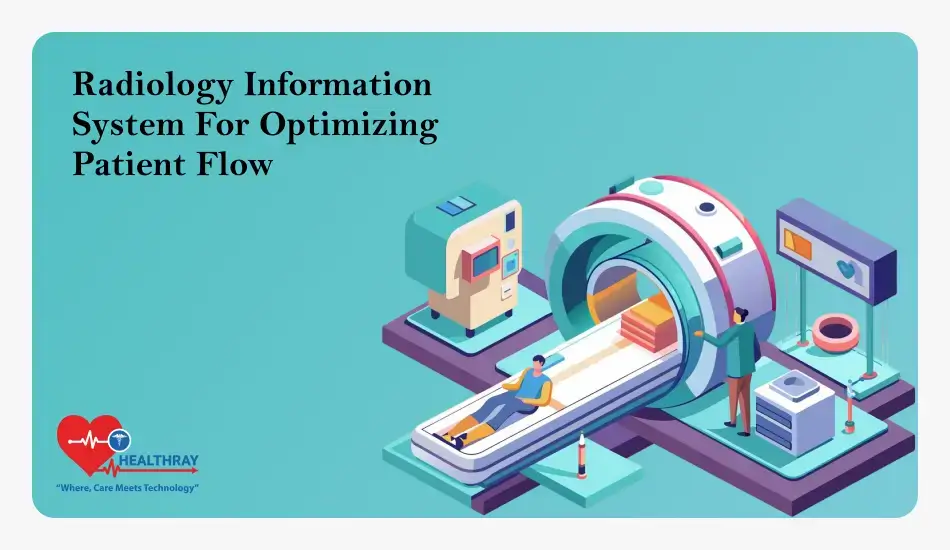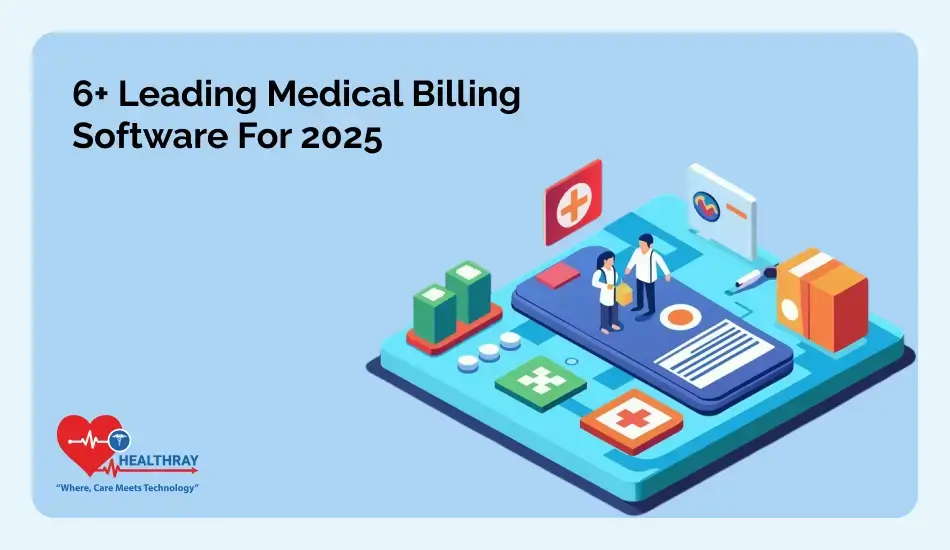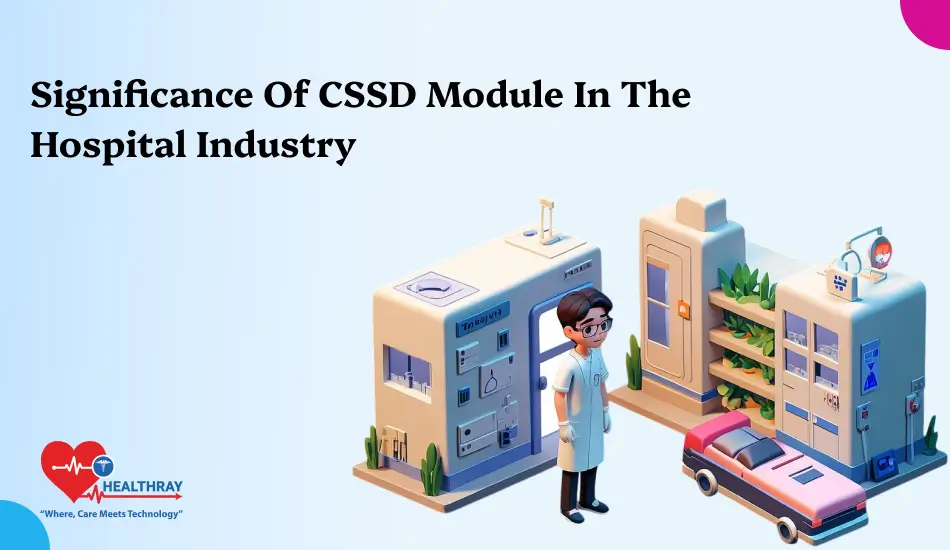Quick Summary: Hospitals utilize a range of software applications, including Electronic Health Record (EHR) systems, Picture Archiving and Communication Systems (PACS), Hospital Information Systems (HIS), and Laboratory Information Management Systems (LIMS), for efficient healthcare management. These tools improve the efficiency of executive work, data storage, and patient care.
Introduction
The multibillion-dollar healthcare software development industry has been expanding for some time. It does not seem to be decelerating any time soon, despite not being the buzz of the IT community. For your information, it’s projected that the worldwide industry for IT healthcare providers will bring in over USD 870 billion by 2030!
Numerous industries have seen substantial changes as a result of digital metamorphosis, but the healthcare sector has been a brutal hit lately. Hospitals and the medical industry labor force are laboriously using specialized software. Healthcare operations grease the work of medical professionals, ease cases’ lives, and increase the effectiveness and affordability of the sector.
Healthcare software relinquishment is pivotal for medical associations, the labor force, and businesses. It enables them to facilitate request competitiveness and availability of healthcare services. Choose a good Hospital Management Software for ensuring smooth integration with other software.
The primary orders of medical software and their operations in hospitals and conventions will be bandied in this composition. Different medical software solutions have diverse purposes. Select with the directed procedure and software must be based on your requirements.
Therefore, the first step begins with identifying the organization’s needs, creating a software budget, scrap out the list of superior healthcare software, and opt for the suitable one. Furthermore, remind several factors such as appointment scheduling software, patient portal, patient management system, revenue cycle management, inventory management, and customized platforms.
List of most famous software used in hospitals
Hospital Management System
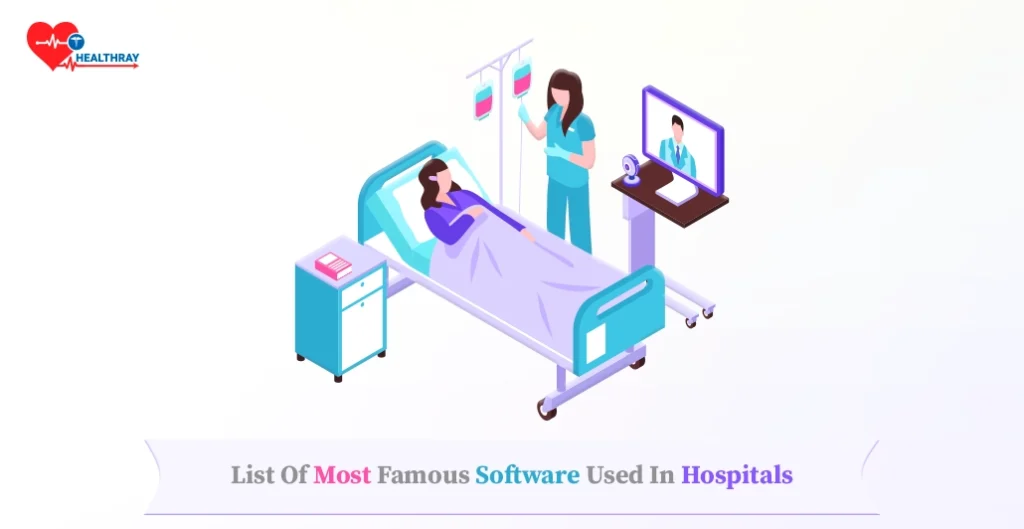
This intricate software system seeks to meet the requirements of multiple interested stoner groups, including executive staff, medical professionals, and patients, while automating the internal operations of the sanitarium. Two factors( interfaces) make up an HMS: one is used for clinic administration and work procedures, for medical research software and the other is for patient commerce.
All of the pivotal clinic angles are covered by sanitarium operation software, from the original case contact to treatment plans and posterior patient-doctor relations. Moreover, the hospital and healthcare facilities are complex with the manually executing but not with the advanced healthcare management system.
Digital healthcare solutions accumulate client data, crafting visual reports, provide excessive data security, improve patient education regarding healthcare, and contribute to well execution of routine tasks. Additionally, it enhances patient communication with other physicians.
It also aids in soothsaying development, supplying the needed coffers to other medical equipment management software, installations, etc. Conventions can use this software to drop repetitious tasks, boost overall effectiveness, and enhance the quality of their customer service.
Features:
- Registration, boarding, and invoicing of cases
- Dashboards and patient doors
- Diagnostics operation and digital imaging
- Modules for exigency care
- Operation of wards and beds
Telemedicine Software
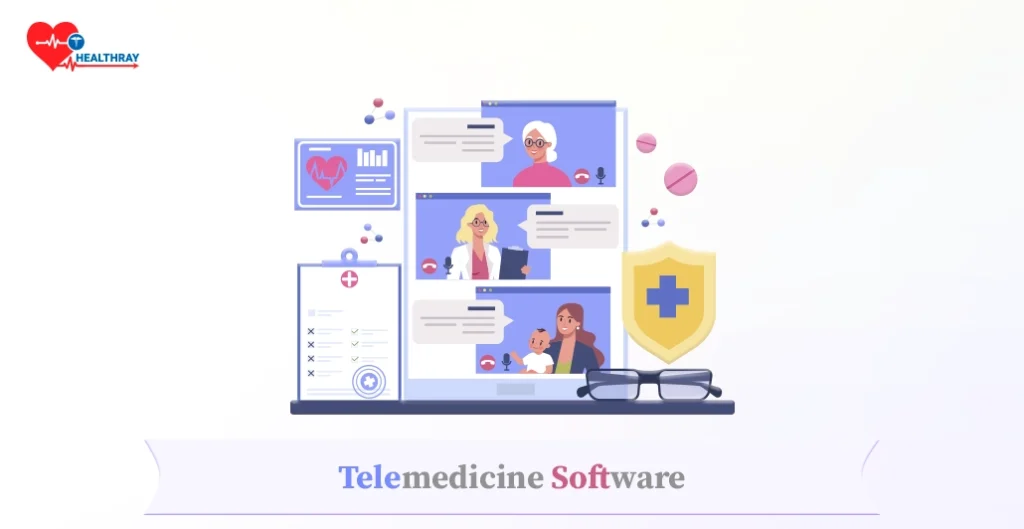
Without mistrustfulness, the IT healthcare sector’s swift-growing member is telemedicine. Worldwide telehealth requests are anticipated to grow to a value of USD 285.7 billion by 2027.
Online discussion was necessary indeed before the epidemic, but it’s now essential. In a period of limited commerce or closed hospitals, telehealth software is decreasingly essential for everyone and is an ideal result for people living in remote areas or with disabilities.
A doctor and patient can connect securely, admit answers to questions, schedule a discussion, track their treatment online, or perform a fast examination with the help of telemedicine software solutions. Also, cases can save a great deal of time and money by not having to travel to a medical institution. Because of all these advantages, creating telemedicine apps has become a profitable growth tactic for medical companies.
Features:
- Calls using audio and videotape
- HIPAA- biddable correspondence
- Scheduling movables ever
- Analysis and operation of patient records
- ePrescription and gateway for payments
Electronic Health Record (EHR) Software
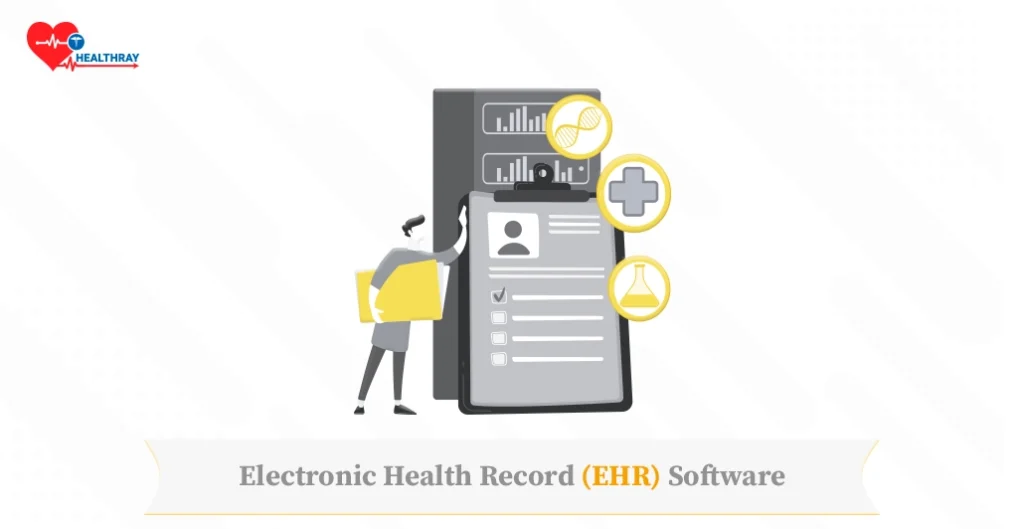
CRM results for businesses are analogous to EHR software. But it’s modified to meet the demands of the healthcare sector. Doctors and conventions use it to gather patient data. EHRs are arguably the most extensively employed software in the medical field. Focus on HRM In Hospitals for better record management.
The electronic file of a case’s medical map and electronic health record software stores all particular patient information together, including details on specifics taken now and in the past, surgeries performed, and other medical history. Physicians can grant associates access to their case records but only authorized doctors are able to alter the database.
Features:
- Keeping track of cases’ conditions
- Schedules that are automated
- Creation of documents
- Shrewd conventions
- Data analytics and reporting
Health Tracking & Monitoring Apps
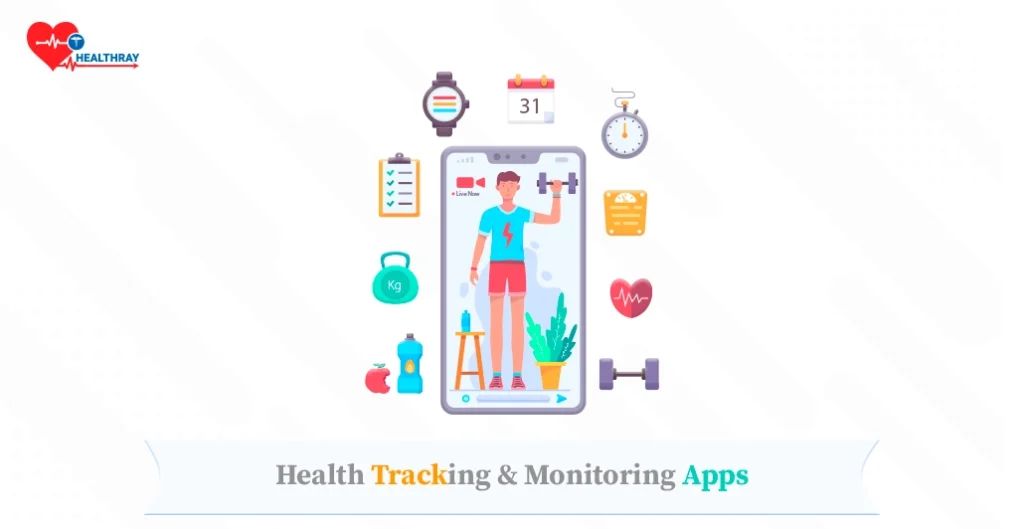
This kind of Hospital Management Software System includes operations for tracking physical exertion and movements, keeping tabs on nutrition and vital signs, and the newest order — internal health and heartiness apps. It’s without mistrustfulness the most varied order of healthcare software results. Despite not being officially” healthcare software products,” these operations can still be considered a fresh source of case-generated health data.
The most popular kind of health tracking apps for shadowing operations are those that work with wearable devices, similar to the ones for the Fitbit and Apple Watch, which track your heart rate, movement, sleep patterns, and other parameters.
Not only that, but companies are now producing rings, wristbands, and irons that go over and beyond to help cases with diabetes, gravidity( by covering your body temperature or menstrual cycle), and other conditions.
Features:
- Individualization of the stoner
- Summary of conditioning during a given period
- Metrics shadowing and scapegoat setting
- Announcements via drive
- Social and collaborative sharing
Medical Billing Software
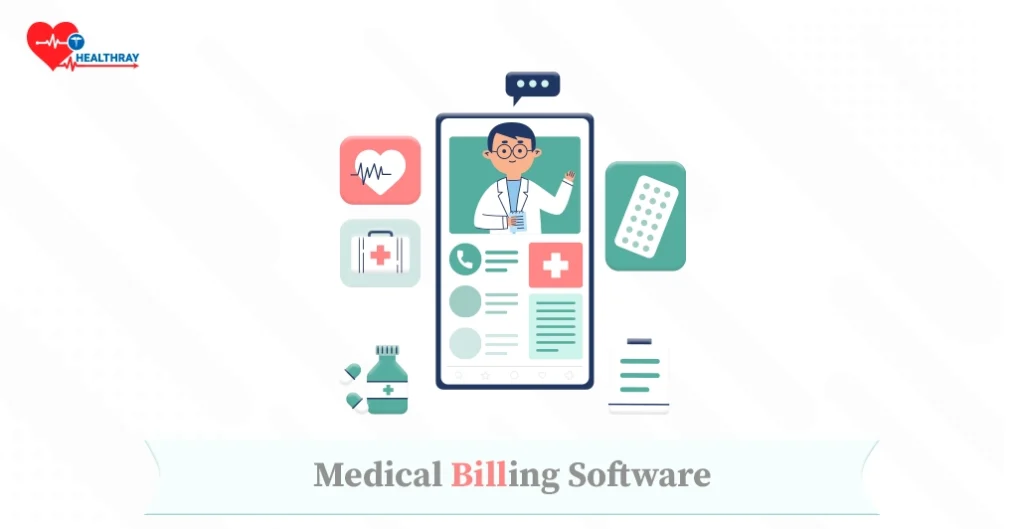
It’s a particular kind of software program made to keep track of medical equipment, bills, bills, insurance claims, and other payments. It works well for overseeing a medical installation’s whole complex of fiscal conditioning.
A hospital administration system generally includes electronic medical records and billing software. On the other hand, the request also provides unique particulars made to negotiate precisely this kind of work.
Medical executive staff can keep track of patient bills, deals, and other cash exertions with the use of this technology. Larger hospital management systems, similar to sanitarium operation systems or electronic health records( EHR), generally incorporate it.
Features:
- Processing of claims
- Digital super bill
- Verification of eligibility
- Monuments for payments
- Transferring money electronically
Electronic Prescription Software

Doctors can use this kind of software to track former tradition histories, produce new conventions, and renew or cancel bones. These apps may also offer cases the option to order any essential specifics from the named drugstore, adding to their convenience.
Working with electronic conventions is quick and easy. Software particulars of this kind can be helpful to both doctors and patients. The software keeps data online; therefore, there’s veritably little chance of information loss.
The fact that countries throughout the world are enforcing electronic conventions suggests that doctors now use prescription technology. Croakers and hospitals can use the operation to track, update, and remove conventions for individual cases. It’s connected to public medicine reference databases as well.
Features:
- Preapproval by Electronic means(e-PA)
- Decision-making backing for specifics
- Verification of formulas
- Automated inimical drug commerce
- Data and information about cases
Remote Patient Monitoring Software
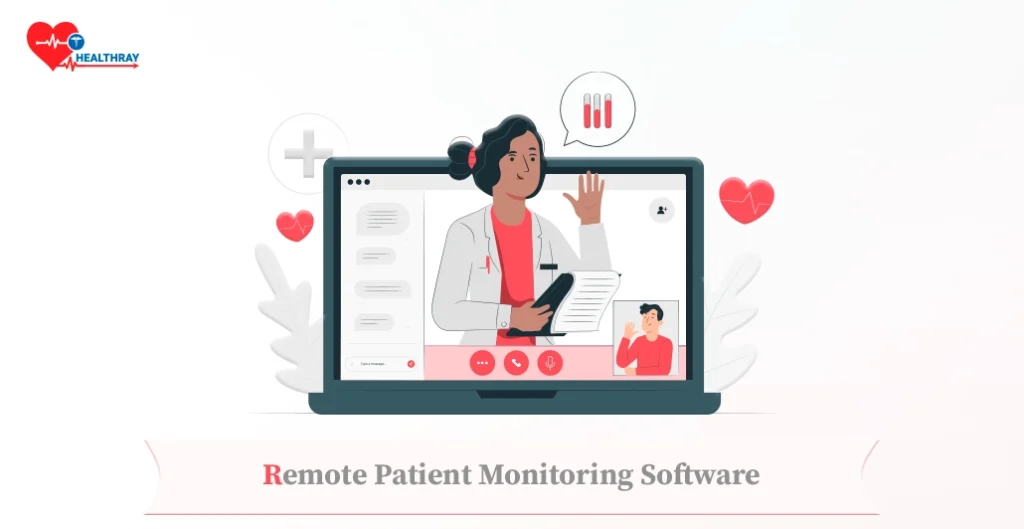
Using medical individual systems to cover a case’s health data digitally is known as remote case monitoring. RPM tools collect patient data and health data and shoot it to a medical guru so they can review it and take applicable action.
As stated earlier, RPM enables health professionals to keep an eye on cases in between movables or in situations where face-to-face discussion isn’t doable.
The capacity for Healthcare and Medical Care: Know the Basics professionals to cover cases nearly in real-time, gather the necessary data, and take applicable action to ameliorate treatment issues, which are incredibly profitable for habitual care — makes these custom software operations the surge of the future for healthcare assiduity. This form of 24-hour shadowing is helpful for cases that need nonstop care, similar to individuals with heart problems, asthma, internal illness, diabetes, and hypertension.
Another order of remote case monitoring tools that can be used to track a case’s health over time is wearable technology. These can include further consumer-concentrated bias similar to heart rate and blood pressure observers, glucose and oxygen position trackers, smartwatches, ECG observers, and so on.
Features:
- Monitoring health in real-time
- Reporting and data analytics
- Configuring IoT bias
- Internet- grounded avenues for communication
- Security of patient data
Medical Diagnosis Software
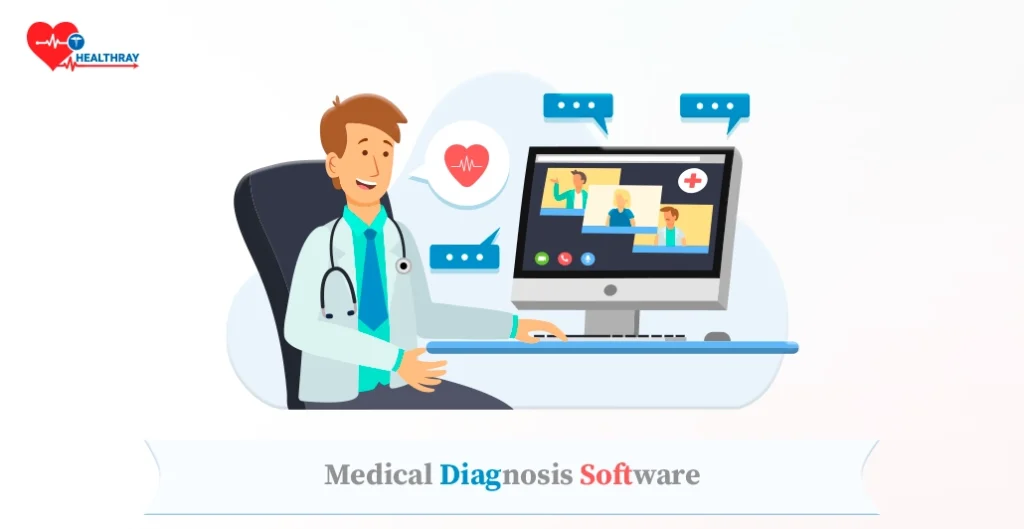
One of the newest orders of software employed in the healthcare sector is medical opinion systems. It’s a motorized platform that makes clinical diagnostics quick and precise. Advanced medical opinion software packages use AI/ ML and robotization technologies to dissect large volumes of patient health data and produce accurate judgments. AI is one of these technologies that improve patient care while saving businesses plutocrats.
These instruments guarantee the minor possible individual crimes while aiding doctors in their decision-making. Clinical data analytics, which analyzes patient health records, test findings, and other data points to offer medical staff the necessary opinion, is the foundation of individual medical programs. By using this fashion, medical professionals can fete people who are more prone to illness and begin treating them sooner.
A well-known case of this type of medical software development are chatbots and symptom checker checks.
Features:
- Interoperability in clinical practice
- Cautions regarding medicine relations from motorized doctor order entry( CPOE)
- Former electronic blessing
- Relating patterns and comparing data
Medical Image Analysis Software

Any tool that can dissect data from medical photos and aid in opinion, compare images of the same case over time to assess how the complaint is progressing, and give prognostic is considered medical image analysis software.
In order to develop software that can singly describe clinical irregularities in medical images, similar to CT, MRI, echocardiography, thermography, and much more, the logical capabilities of medical imaging software are being upgraded in tandem with the advancement of imaging technology.
Profound Literacy is used by medical image analysis technologies to read and estimate images. Because it can contemporaneously sort through hundreds of prints, it can handle demanding workloads. It can be trained to identify filmland that has unanticipated results, which expedites radiologists’ work by letting them concentrate on the filmland that has been marked instead of having to browse through every picture.
Features:
- Segmentation and image registration
- Enhancement of image quality
- Two-dimensional illustration
- 3D building
- Qualitative image
Personal Health Record Software
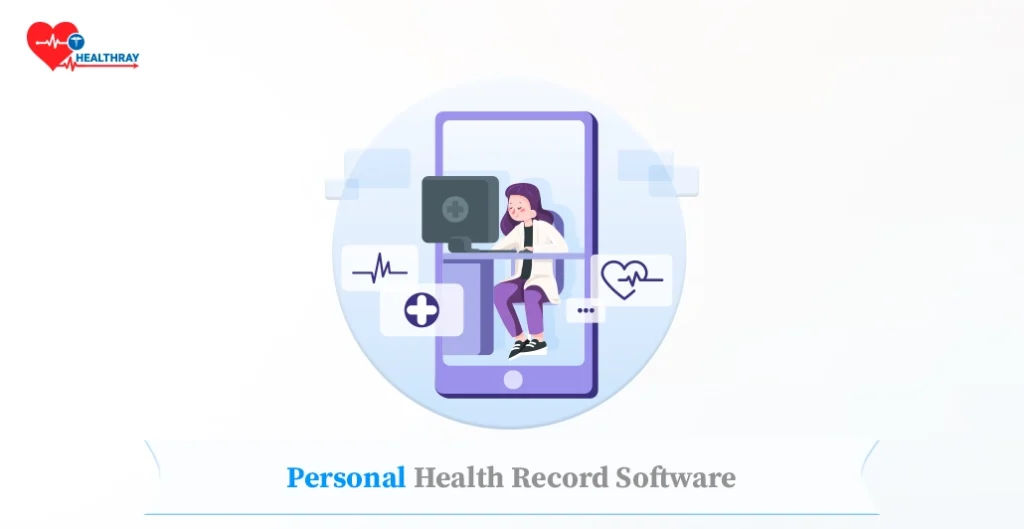
The medical histories of every member of the family are organized and stored in this specific healthcare app. Entering all health-related documents and information in an easy-to-use format is incredibly helpful for cases. PHR software functions as an optimization tool that provides druggies with simple access to the necessary data for patient monitoring. It’s an essential element of the entire ecosystem for custom, healthcare apps and software development.
Push Announcements and data analytics can be used to notify cases about forthcoming tasks or changes in their health. Put another way, a tool like this can serve as a heartiness program, helping cases cover their conditions and lead healthier lives, all while saving their particular information. Particular health record management software can handle it all, from organizing all attestation to customizing heartiness programs and waking medical professionals to unanticipated extremities.
Features:
- Perpetration of pall and mobile
- Sorting and combining data
- Depository for clinical and patient data
- Modules for summarization
- Individualized telehealth and telemedicine
Try out one of the top providers of software for healthcare – Healthray!
Discover the best medical software available with Healthray, one of the top suppliers of medical services in the field. With its state-of-the-art results, critical Hospital Information Systems( HIS), effortless commerce with Picture Archiving and Communication Systems( PACS), and inventive Electronic Health Record( EHR) systems, Healthray optimizes healthcare operations. Gain bettered patient care, simpler processes, and effective data operation.Because of Healthray’s fidelity to the specialized invention, medical interpreters can concentrate on what really matters, furnishing better case issues. Enhance the capabilities of your healthcare installation with Healthray, an estimable brand leading the way in innovative software results for the contemporary medical terrain. Read more about Hospital Policy Management Software to understand these software better.
Conclusion
Operations for healthcare software are essential for perfecting the operation and treatment delivery processes used by medical associations.
Through the application of machine literacy algorithms, data analysis, and digital perceptivity, several implicit ways to enhance clinical wellness and health operations are made possible by the operation of information technology in the health field.
Now is the time to take advantage of medical information technology through multiple healthcare operations because of all these benefits and chances.
